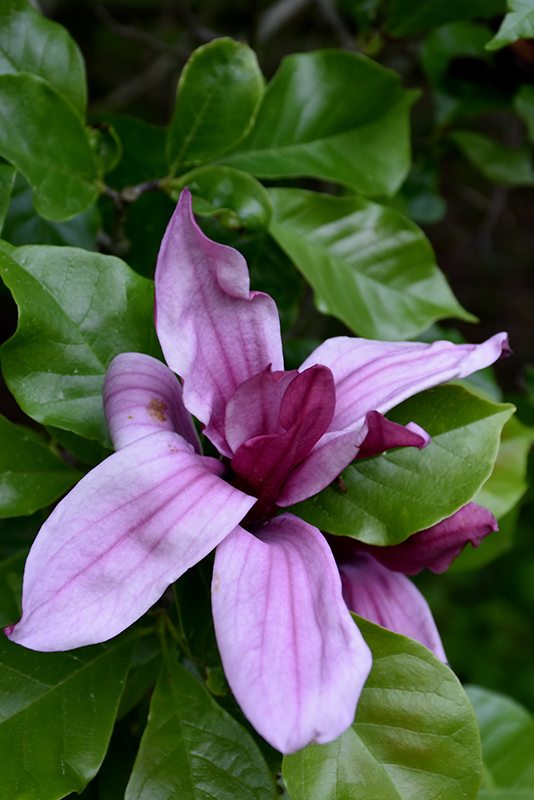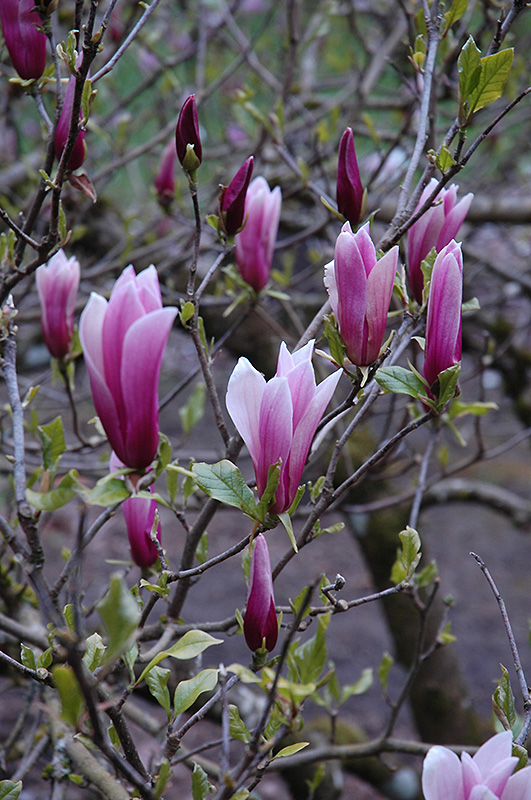VANDERMEER
PLANT LIBRARY
Find the perfect plant for your space by browsing through this extensive selection that we typically carry every year.
This library is for information purposes only.
Nigra Lily Magnolia
Magnolia liliiflora 'Nigra'
Height: 12 feet
Spread: 8 feet
Sunlight:
![]()
![]()
Hardiness Zone: 5a
Other Names: Woody Orchid, Mu-lan, Purple-Flowered Magnolia
Description:
Grown for its showy spring blooms and coarse textured leaves, featuring rich purple flowers with very dark red tepals, puts on a long flowering performance; susceptible to mildew and seldom offered at nurseries
Ornamental Features
Nigra Lily Magnolia is blanketed in stunning fragrant purple cup-shaped flowers with a dark red reverse held atop the branches from early to mid spring before the leaves. It has attractive dark green deciduous foliage. The large glossy pointy leaves are highly ornamental but do not develop any appreciable fall colour.
Landscape Attributes
Nigra Lily Magnolia is an open multi-stemmed deciduous shrub with a more or less rounded form. Its relatively coarse texture can be used to stand it apart from other landscape plants with finer foliage.
This is a relatively low maintenance shrub, and should only be pruned after flowering to avoid removing any of the current season's flowers. Deer don't particularly care for this plant and will usually leave it alone in favor of tastier treats. Gardeners should be aware of the following characteristic(s) that may warrant special consideration;
- Insects
- Disease
Nigra Lily Magnolia is recommended for the following landscape applications;
- Accent
- Mass Planting
- Hedges/Screening
- General Garden Use
Planting & Growing
Nigra Lily Magnolia will grow to be about 12 feet tall at maturity, with a spread of 8 feet. It has a low canopy, and is suitable for planting under power lines. It grows at a slow rate, and under ideal conditions can be expected to live for 40 years or more.
This shrub does best in full sun to partial shade. It requires an evenly moist well-drained soil for optimal growth. It is not particular as to soil type, but has a definite preference for acidic soils. It is quite intolerant of urban pollution, therefore inner city or urban streetside plantings are best avoided. Consider applying a thick mulch around the root zone in winter to protect it in exposed locations or colder microclimates. This is a selected variety of a species not originally from North America.





